#hiroo suzuki
Text
『魔法少女シンデレラ』 Wizard girl Cinderella
屏風 三曲一隻 Three-panel folding screen
(1705x745mm)
2023年 鈴木博雄 Hiroo Suzuki

#art#contemporaryart#japanese art#japan#illustration#popart#painting#artwork#artist#anime#cartoon#wizard#cinderella#folding screen#disney#hiroo suzuki#鈴木博雄#屏風
98 notes
·
View notes
Text
Frieren: Beyond Journey's End #6 - The Hero of the Village



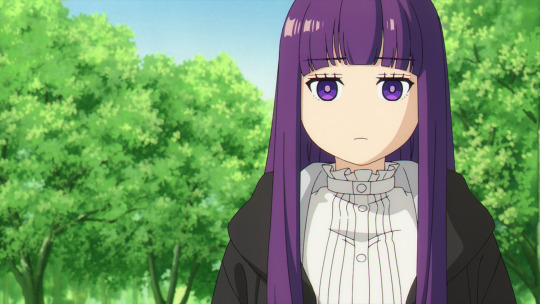
Screenplay: Tomohiro Suzuki
Storyboard/Episode Director: Tooru Iwazawa
Chief Animation Director: Reiko Nagasawa
Animation Directors: Keisuke Hiroe, Akiko Takase
Key Animation: Mayuko Kandori, Ayaka Satou, Airi Takahashi, Dana Akahara, Hidekazu Ebina, Toshiya Kouno, Kohaku (Yutaka Nakamura), Kai Shibata, Hironori Tanaka, TOMATO, Keisuke Namioka, Ruoyu Wen, Tsutomu Miyazawa, Yukiko Busa, Eiji Yamamori, Rai, Keiichirou Watanabe, Hiroyuki Kobashi, Toshiyuki Satou, Yoshiko Matsumura, Shun Enokido, Chris (Yen bm), Mark Kenta Corcoran, Takahito Sakazume, Mami Takaishi, Youko Tsukada, Hiroo Nagano, HAHI, Houjicha, Saho Miyano, Shingo Yamashita, Tatsuya Yoshihara, Ruochen Liang
IT WAS SO GOOD, IT WAS SO GOOD..Uhh mhmm.
This week's Frieren episode was a showcase of the animators that the show continues to hold, top-tier level animators who you would typically see creating "sakuga" moments for just a few moments in a show. However, they are constant animators throughout the entirety of Frieren. And while you should have already been impressed, the Stark fight scene against the dragon truly showcased their talents.
An underrated role that people don't typically mention is the animation producer, who is mostly responsible for gathering the animators for a show. In this case, it's Yuuichirou Fukushi, who has been the animation producer for Sonny Boy, takt op.Destiny, One Punch Man, and more. The staff he assembles for his shows is simply top-notch almost every time, and I felt like I needed to mention that, especially when he is now responsible for two of my personal top shows, Frieren and Sonny Boy. Takashi Nakame is also listed as an animation producer for the show, but I don't know as much about him. Nevertheless, he should also be mentioned. In the Stark fight scene alone, you have Hironori Tanaka, Keiichirou Watanabe, Shingo Yamashita, Tatsuya Yoshihara, Chris (Yen bm), and Yutaka Nakamura. That's a team of multiple superstar animators that you wish one of them would be in your own show, but Frieren has all of them together, and the result is something you just have to see for yourself.
While I never really read Frieren's manga for its fight scenes, I was excited to see the action scenes in the animation. We did see it in the four-episode debut, but that was a more stationary wizard magic battle (which was still very cool). However, Stark vs. the dragon feels greatly enhanced compared to the manga. Just from the moment Stark runs to engage, the camera naturally follows him as he charges in, continuing to track him as if it were a boss fight in a video game. The fluidity and character acting amidst all of this action are phenomenal and it's all done in completely 2D including the backgrounds and dragons which is rarer nowadays.
The decision for a closer, more dynamic adaptation of the fight scene can be credited to Tooru Iwazawa, who is the action director for this episode. He also storyboarded and directed the entire episode.
Setting the action aside, I loved the episode as always. The attention to detail in translating the characters' expressions from the manga to the anime never ceases to amaze me. As someone who used to collect Fern's funny faces in the manga, I'm delighted to see all of them in their full glory. It's also heartwarming to witness the budding relationship between Fern and Stark in this episode.
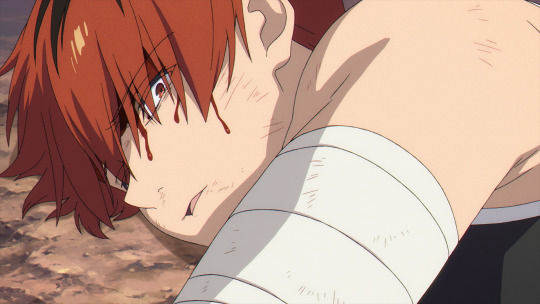




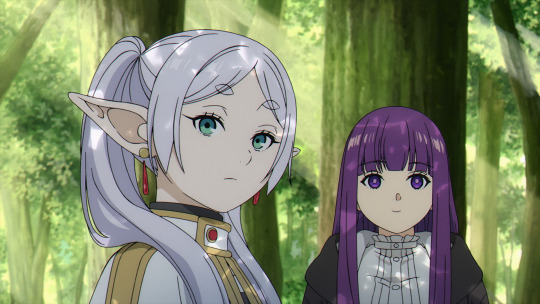




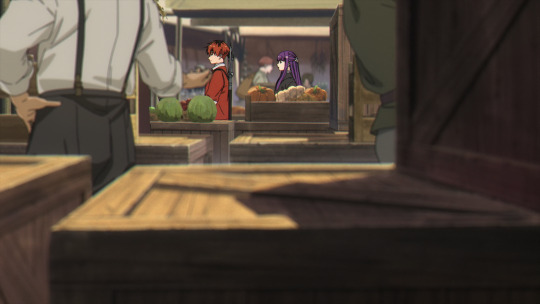
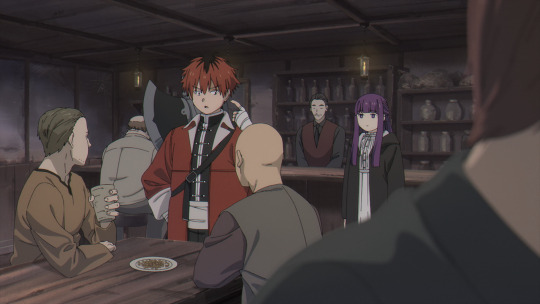





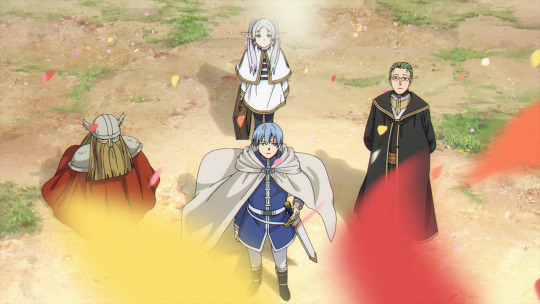
8 notes
·
View notes
Text
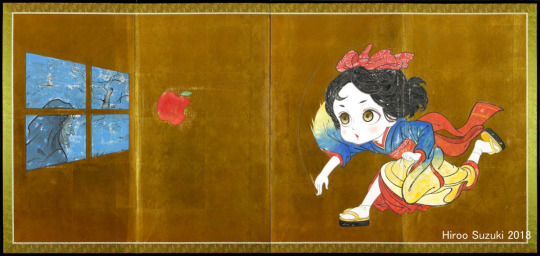
Art by 鈴木博雄 Hiroo Suzuki 『白雪姫と林檎と窓』 Snow White with apple and windows 屏風 四曲一隻(1700mm×745mm)
4 notes
·
View notes
Photo

Developing strategies for high-quality crystal growth
Transition metal dichalcogenides (TMDCs) are a class of materials with physical properties that make them ideally suited for use in flexible optoelectronic applications, such as light detectors, light-emitting diodes and solar cells. For such applications to perform well, the crystalline quality of the TMDCs needs to be extremely high, however; defects in the crystal structure worsen device performance.
The crystalline quality of a sample is related to the number of grain boundaries—interfaces between different grains, or domains, within the crystal. Different domains have the same chemical composition and structure but are oriented differently with respect to each other. The lower the number of grain boundaries, the larger the domains, and the better the sample's crystallinity. Now, Assistant Professor Suzuki Hiroo and Hashimoto Ryoki (graduate students) Okayama University and colleagues have developed a technique with which highly crystalline TMDCs can be grown. Furthermore, the technique enables to optimize the performance of TMDCs for optoelectronic devices.
The researchers' approach is based on chemical vapor deposition (CVD), a method in which a substrate is put in a vacuum chamber and is exposed to particular chemical vapors. This leads to chemical reactions and depositions on the substrate, resulting in the growth of the desired material.
Read more.
#Materials Science#Science#Crystal growth#Transition metal dichalcogenides#Optoelectronics#Crystals#Grains#Diffusion#Okayama University
10 notes
·
View notes
Photo


Hiroo-suzuki https://hiroo-suzuki.tumblr.com
93 notes
·
View notes
Photo


Suzuki Hiroo 鈴木博雄 (1986 - ).
Si, comme moi, vous aimez ses œuvres, vous pouvez les retrouver sur son site :
https://hiroo-suzuki.tumblr.com/
#suzuki hiroo#hiroo suzuki#painter#painting#illustrator#japan#peintre#peinture#illustration#illustrateur#japon#nihonga#manga#mangaka
66 notes
·
View notes
Photo

Hiroo Suzuki - Paintings and Illustrations
We found this lovely artist who uses traditional Japanese technique in her paintings and illustrations. Certainly a kawaii/cute aspect to her art and we love the some of the traditional imagery. Some these motifs we see on our vintage kimono, such as the minogame (tortoise), dragon helmet, and bunny/moon.
Click here to view her wonderful website to see more of her art.
If you are interested in vintage Japanese kimono, obi, and other traditional garments, please visit our website to browse our selections: www.kyotokimono.com.
#kawaii#hiroo suzuki#japanese artist#japanese art#cute art#japanese illustrations#kimono#vintage kimono#minogame#dragon helmet#bunny and moon#goldfish#traditional japanese imagery
7 notes
·
View notes
Text

『飛翔白象図』
The flying white elephant
(810x207mm) 2023年
鈴木博雄 Hiroo Suzuki
#art#japan#japanese art#illustration#contemporaryart#日本画#elephant#skateboarding#dumbo rats#hiroo suzuki#鈴木博雄
9 notes
·
View notes
Text
The Story of Onoda & Suzuki and The Value of Suffering
In the closing months of 1944, after almost a decade of war,the tide was turning against Japan, Their economy was floundering, their military overstretched across half of Asia, and the territories they had won throughout the Pacific were now toppling like dominoes to U.S. forces. Defeat seemed inevitable.
On December 26, 1944, Second Lieutenant Hiroo Onoda of the Japanese Imperial Army was deployed to the small island of Lubang in the Philippines. His orders were to slow the United States’ progress as much as possible, to stand and fight at all costs, and to never surrender. Both he and his commander knew it was essentially a suicide mission.
In February 1945, the Americans arrived on Lubang and took the island with overwhelming force. Within days, most of the Japanese soldiers had either surrendered or been killed, but Onoda and three of his men managed to hide in the jungle. From there, they began a guerrilla warfare campaign against the U.S. forces and the local population, attacking supply lines, shooting at stray soldiers, and interfering with the American forces in any way that they could.
That August, half a year later, the United States dropped atomic bombs on the cities of Hiroshima and Nagasaki. Japan surrendered, and the deadliest war in human history came to its dramatic conclusion.
However, thousands of Japanese soldiers were still scattered among the Pacific isles, and most, like Onoda, were hiding in the jungle, unaware that the war was over. These holdouts continued to fight and pillage as they had before. This was a real problem for rebuilding eastern Asia after the war, and the governments agreed something must be done.
The U.S. military, in conjunction with the Japanese government, dropped thousands of leaflets throughout the Pacific region, announcing that the war was over and it was time for everyone to go home. Onoda and his men, like many others, found and read these leaflets, but unlike most of the others, Onoda decided that they were fake, a trap set by the American forces to get the guerrilla fighters to show themselves. Onoda burned the leaflets, and he and his men stayed hidden and continued to fight.
Five years went by. The leaflets had stopped, and most of the American forces had long since gone home. The local population on Lubang attempted to return to their normal lives of farming and fishing. Yet there were Hiroo Onoda and his merry men, still shooting at the farmers, burning their crops, stealing their livestock, and murdering locals who wandered too far into the jungle. The Philippine government then took to drawing up new flyers and spreading them out across the jungle. Come out, they said. The war is over. You lost.
But these, too, were ignored.
In 1952, the Japanese government made one final effort to draw the last remaining soldiers out of hiding throughout the Pacific. This time, letters and pictures from the missing soldiers’ families were air-dropped, along with a personal notes from the emperor himself. Once again, Onoda refused to believe that the information was real, Once again, he believed the airdrop to be a trick by the Americans. Once again, he and his men stood and continued to fight.
Another few years went by and the Philippine locals, sick of being terrorized, finally armed themselves and began firing back. By 1959 one of Onoda’s companions had surrendered, and another had been killed. Then, a decade later, Onoda’s last companion, a man called Kozuka, was killed in a shootout with the local police while he was burning rice fieldsــــstill waging war against the local population a full quarter-century after the end of World War II!
Onoda, having now spent more than half of his life in the jungles of Lubang, was all alone.
In 1972, the news of Kozuka’s death reached Japan and caused a stir. The Japanese people thought the last of the soldiers from the war had come home years earlier. The Japanese media began to wonder: if Kozuka had still been on Lubang until 1972, then perhaps Onoda himself, the last known Japanese holdout from World War II, might still be alive as well. That year, both the Japanese and Philippine governments sent search parties to look for the enigmatic second lieutenant, now part myth, part hero, and part ghost.
They found nothing.
As the months progressed, the story of Lieutenant Onoda morphed into something of an urban legend in Japanـــthe war hero who sounded too insane to actually exist. Many romanticized him. Others criticized him. Others thought he was the stuff of fairy tale, invented by those who still wanted to believe in a Japan that had disappeared long ago.
It was around this time that a young man named Norio Suzuki first heard of Onoda. Suzuki was an adventurer, an explorer, and a bit of a hippie. Born after the war ended , he had dropped out of school and spent four years hitchhiking his way across Asia, The Middle East, and Africa, sleeping on park benches, in stranger’s cars, in jail cells, and under the stars. He volunteered on farms for food, and donated blood to pay for places to stay. He was a free spirit.
In 1972, Suzuki needed another adventure. He had returned to Japan after his travels and found the strict cultural norms and social hierarchy to be stifling. He hated school. He couldn’t hold down a job. He wanted to be back on the road, back on his own again.
For Suzuki, the legend of Hiroo Onoda came as the answer to his problems. It was a new and worthy adventure for him to pursue. Suzuki believed that he would be the one who would find Onoda. Sure, search parties conducted by the Japanese, Philippine, and American governments had not been able to find Onoda; local police forces had been scavenging the jungle for almost thirty years with no luck; thousands of leaflets had met with no responseـــbut he was determined to be the one to find him.
Unarmed and untrained for any sort of reconnaissance of tactical warfare, Suzuki traveled to Lubang and began wandering around the jungle all by himself. His strategy: scream Onoda’s name really loud and tell him that the emperor was worried about him.
He found Onoda in four days!
Suzuki stayed with Onoda in the jungle for some time. Onoda had been alone by that point for over a year, and once found by Suzuki he welcomed the companionship and was desperate to learn what had been happening in the outside world from a Japanese source he could trust The two men became sorta-kinda friends.
Suzuki asked Onoda why he had stayed and continued to fight. Onoda said it was simple: he had been given the order to “never surrender,” so stayed. For nearly thirty years he had simply been following an order. Onoda then asked Suzuki why a “hippie boy” like himself came looking for him. Suzuki said that he’d left Japan in search of three things: “Lieutenant Onoda, a panda bear, and the Abominable Snowman, in that order.”
The two men had been brought together under the most curious of circumstances: two well-intentioned adventurers chasing false visions of glory, like a real-life Japanese Don Quixote and Sancho Panza, stuck together in the damp recesses of a Philippine jungle, both imagining themselves heroes, despite both being alone with nothing, doing nothing. Onoda had already by then given up most of his life to a phantom war. Suzuki would give his up too. Having already found Hiroo Onoda and the panda bear, he would die a few years later in the Himalayas, still in search of the Abominable Snowman.
Hiroo Onoda returned to Japan in 1974 and became a kind of celebrity in his home country. He was shuttled around from talk show to radio station; politicians clamored to shake his hand; he published a book and was even offered a large sum of money by the government, yet after all the suffering he said he regretted nothing. He claimed that he was proud of his choices and his time on Lubang. He said that it had been an honor to devote a sizable portion of his life in service to a nonexistent empire. Suzuki, had he survived, likely would have said something similar: that he was doing exactly what he was meant to do, that he regretted nothing.
But what Onoda found when he returned to Japan horrified him: a consumerist, capitalist, superficial culture that had lost all of the traditions of honor and sacrifice upon which his generation had been raised.
Onoda tried to use his sudden celebrity to espouse the values of Old Japan, but he was tone-deaf to this new society. He was seen more as a showpiece than as a serious cultural thinkerـــa Japanese man who had emerged from a time capsule for all to marvel at, like a relic in a museum.
And in the irony of ironies, Onoda became far more depressed than he’d ever been in the jungle for all those years. At least in the jungle his life had stood for something; it had meant something. That had made his suffering endurable, indeed even a little bit desirable. But back in Japan, in what he considered to be a vacuous nation full of hippies and loose women in Western clothing, he was confronted with the unavoidable truth: that his fighting had meant nothing. The Japan he had lived and fought for no longer existed. And the weight of this realization pierced him in a way that no bullet ever had. Because his suffering had meant nothing, it suddenly became realized and true: thirty years wasted!
And so, in 1980. Onoda packed up and moved to Brazil, where he remained until he died.
The story is told in the same way by the American author Mark Manson

#story#hiroo onoda#norio suzuki#wwii#world war ii#hiroshima#nagasaki#japan#history#war#explorer#writing
9 notes
·
View notes
Photo


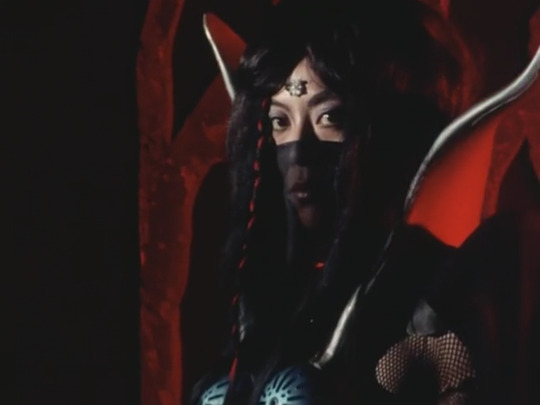


Jin Dogma in Kamen Rider Super-1 (1980)
Kentarō Kaji as Marshal Demon
Kazuo Suzuki as Doctor Ghost
Yōko Tōdō as Staff Officer Witch
Yuki Yoshizawa as Princess Yōkai
Hiroo Kawarazaki as Commander Onibi
#Kamen Rider Super-1#Jin Dogma#kr super-1#kamen rider#tokusatsu villains#Kentarō Kaji#Marshal Demon#Kazuo Suzuki#Doctor Ghost#Yōko Tōdō#Staff Officer Witch#masked rider super-1#Yuki Yoshizawa#Princess Yōkai#Hiroo Kawarazaki#Commander Onibi#masked rider#tokusatsu
2 notes
·
View notes
Photo

[Annoncement] 少年社中×東映 「ピカレスク◆セブン」キャスト大集合SP (shounen shachuu x toei ~ picaresque seven ~ the big cast gathering sp) @ niconama
we will get some backstage footage and some infos about the actual play^^
if you have the chance check out the stream @ niconama (December 8th, 2017 ~ 20:00)
#ピカレスク◆セブン#picaresque seven#鈴木勝吾#suzuki shougo#宮崎秋人#miyazaki shuuto#大高洋夫#ootaka hiroo#椎名鯛造#shiina taizou#唐橋充#karahashi mitsuru#松本寛也#matsumoto hiroya#細貝圭#hosogai kei#井俣太良#imata taira#大竹えり#ootake eri#岩田有民#iwada yuumin#堀池直毅#horiike naotaka#加藤良子#katou fumiko#廿浦裕介#tsuzuura yuusuke#長谷川太郎#hasegawa tarou
20 notes
·
View notes
Photo


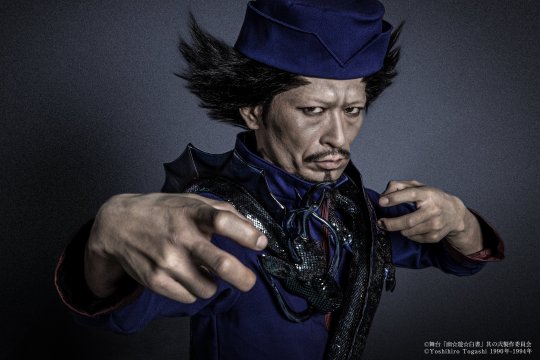
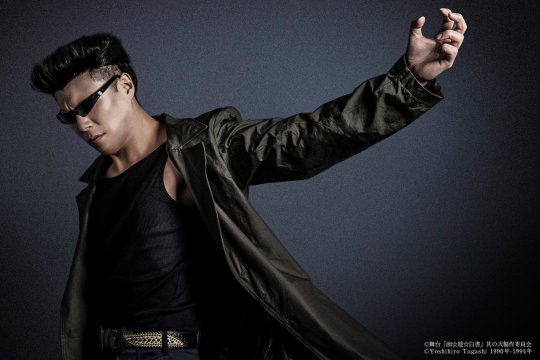

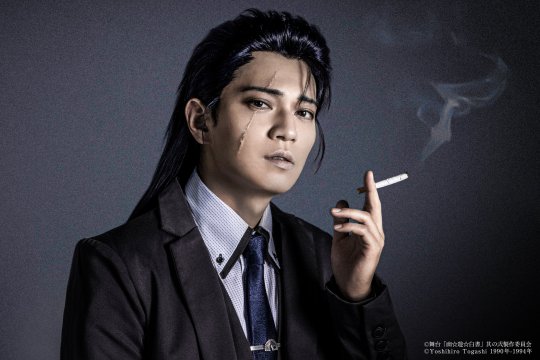
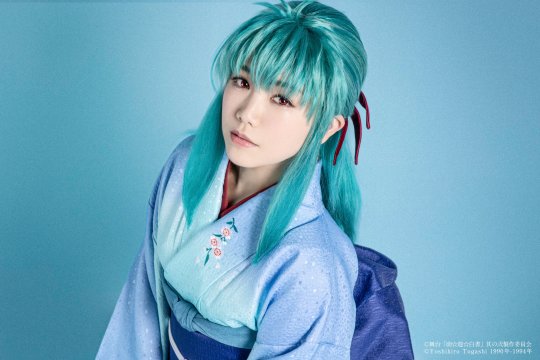
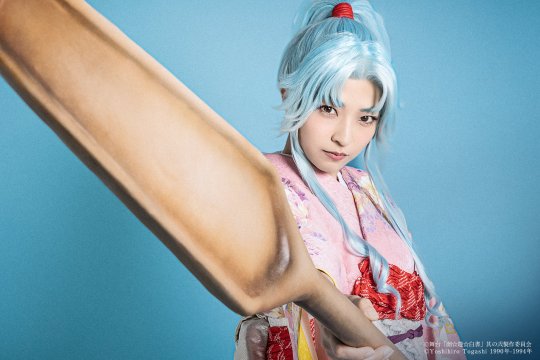
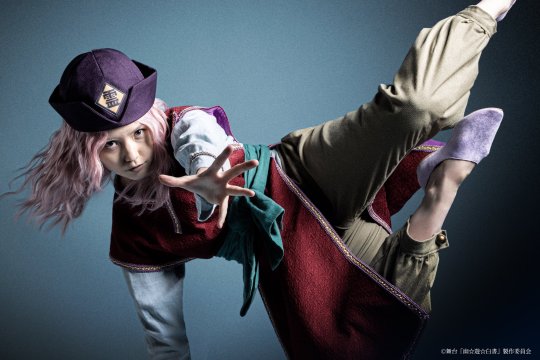
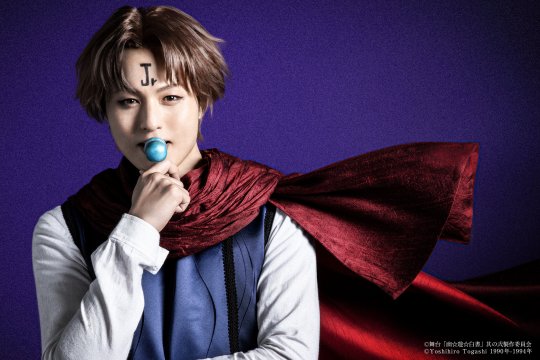
Yu Yu Hakusho Stage Play - Part 2
Official Site: Officeendless
Directed by 3 people, the sequel is announced to December 2020:
- 12.4 ~ 12.15: Tokyo (Shinagawa Prince Hotel Stellar Ball)
December 4th performances were cancelled. Actor Ken Tanabe tested positive for COVID-19 . Fortunately, he is asymptomatic and the rest of the staff and actors are negative.
- 12.18 ~ 12.20: Osaka (Cool Japan Park Osaka WW Hall)
December 18th (18:30) and 19th (13:00 and 17:30) performances were canceled. An actor reported poor physical condition and underwent medical tests including PCR. Performers tested negative for COVID-19, fortunately it was just a cold. Ken Tanabe is also back to the performances.
- 12.23 ~ 12.30: Kyoto (Kyoto Theater)
Presale: September 20th to October 4th at 23:59.
Einoshin Ito (Chuji Mikasano) will be in charge of the script and Ito, Rion Kako and Hirofumi Araki will be the directors.
This is a sequel to the “Yu Yu Hakusho Stage Play" that was performed from August to September 2019. Performers will include:
[SPOILER ALERT] I edited this post with all the characters the cast is playing
► Tsubasa Sakiyama as Yusuke Urameshi
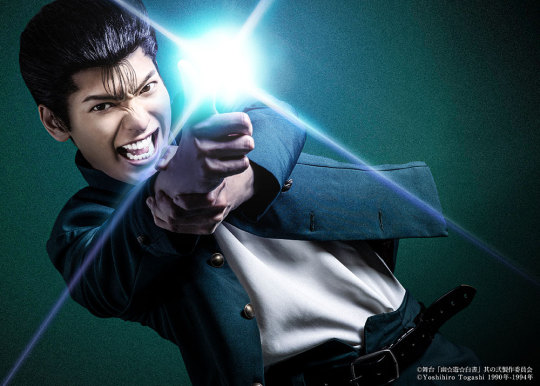
► Naoya Gomoto as Kazuma Kuwabara
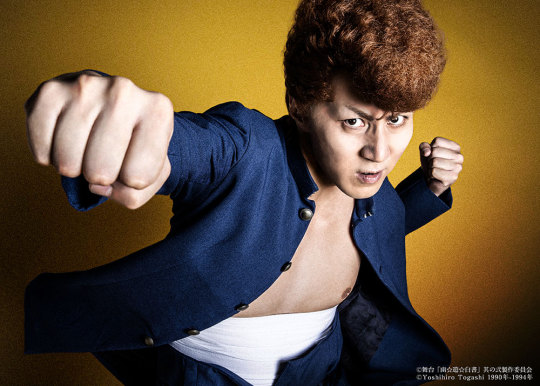
► Hiroki Suzuki as Kurama and Mr. Yamada (the human who tried to save Yukina in the past)
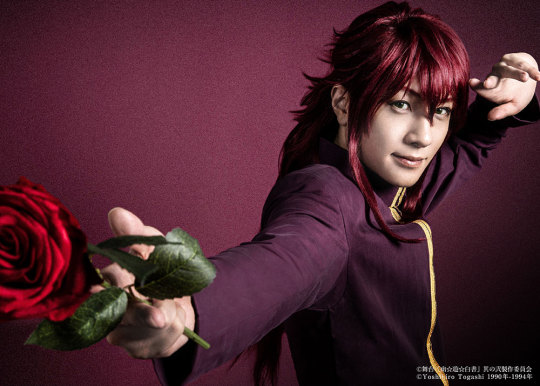
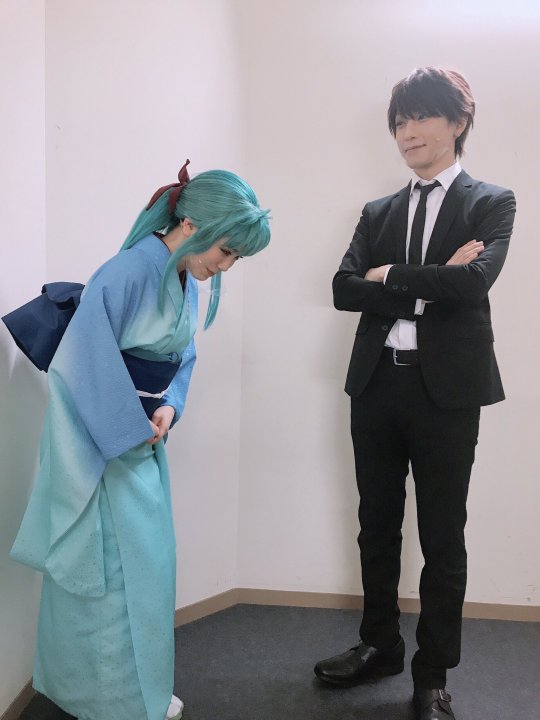
► Shohei Hashimoto as Hiei and Hirue (one of Toguro’s subordinates)
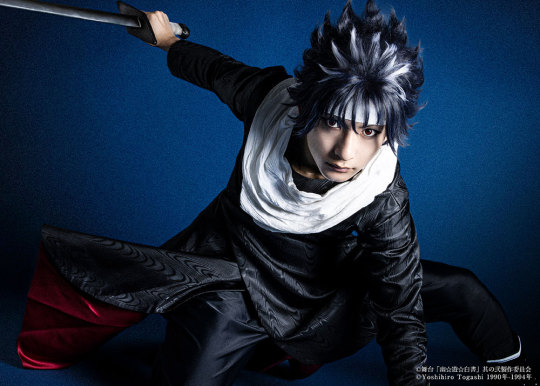
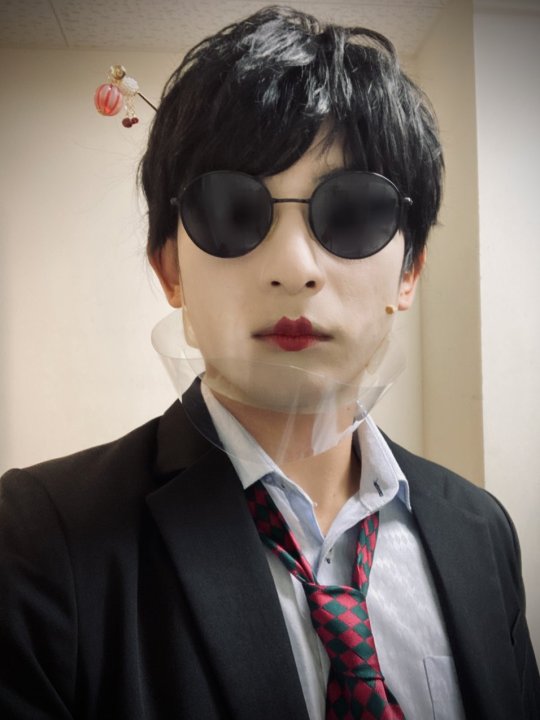
► Hinata Mirai as Keiko Yukimura
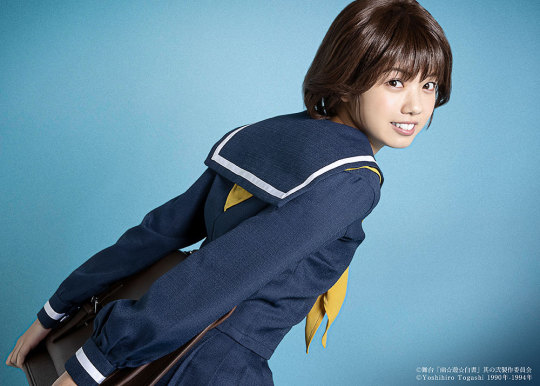
► Yuka Hirata as Botan
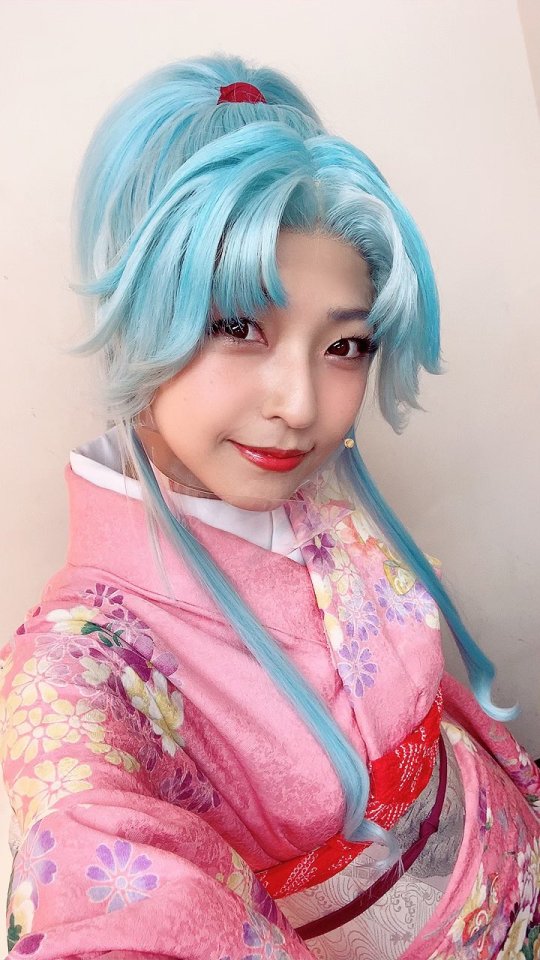
► Elizabeth Marry as Genkai, Bat-Eye and BBC member. She was also part of the supporting cast, playing harvested humans and assisting Kurama (exchange of rose to the whip) and Kuwabara (spirit sword).

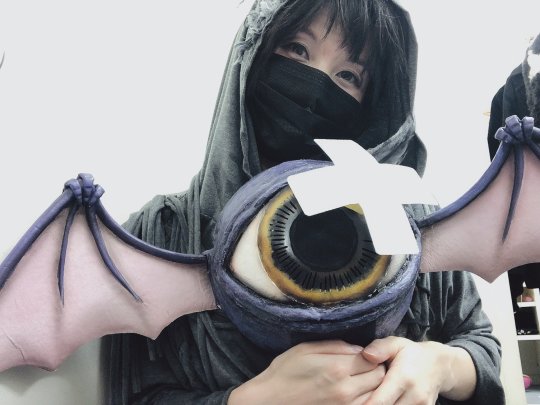
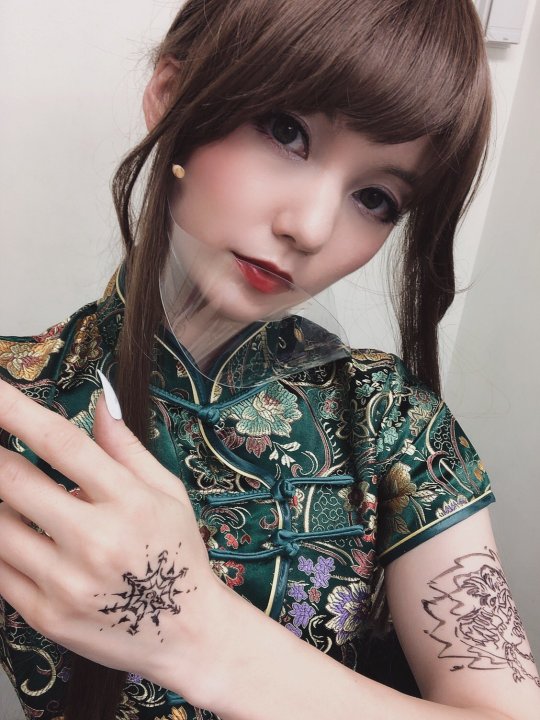
► Hirofumi Araki as Koenma, BBC member and also debuting as director
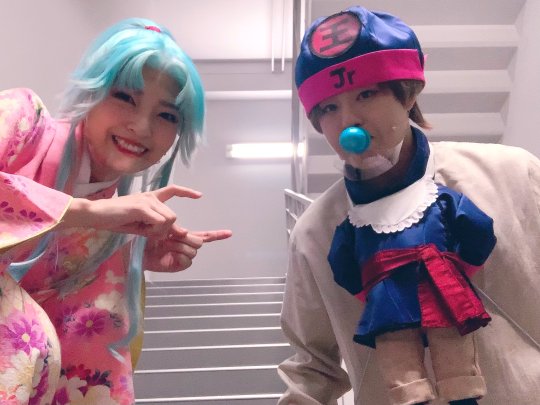
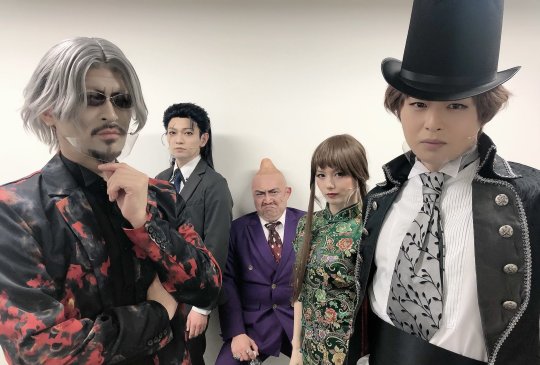
The new cast to Stage Play Part 2 was revealed:
► Tsubasa Kizu as Suzaku and Miyuki
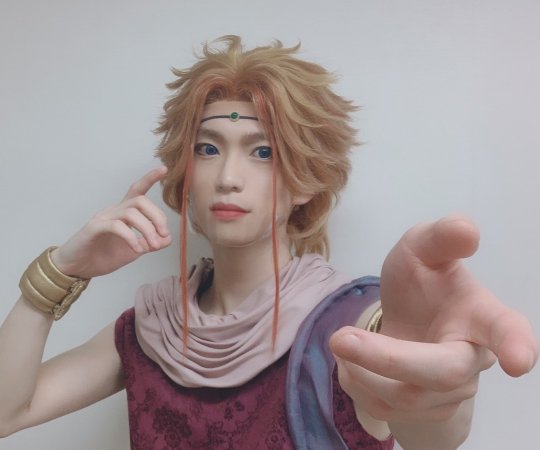
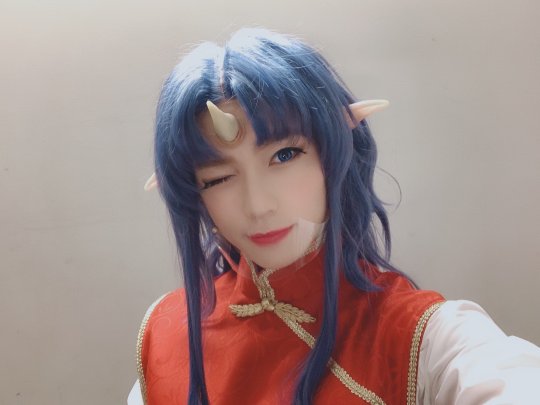
► Tomokazu Enoki as Seiryuu and BBC member
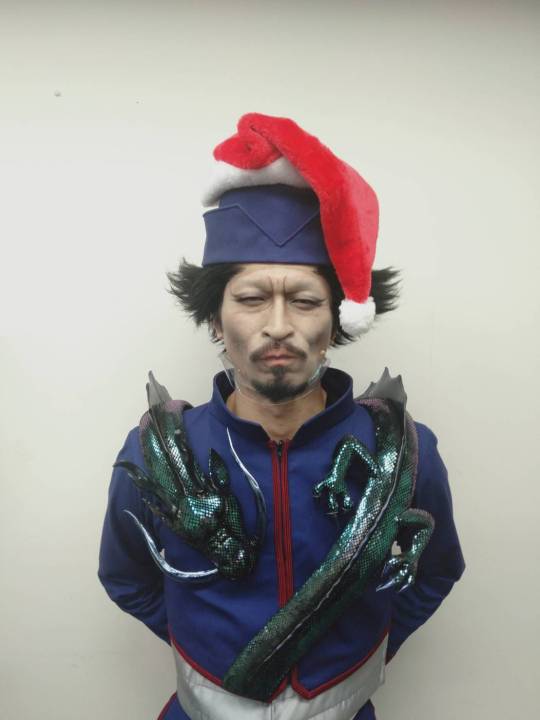
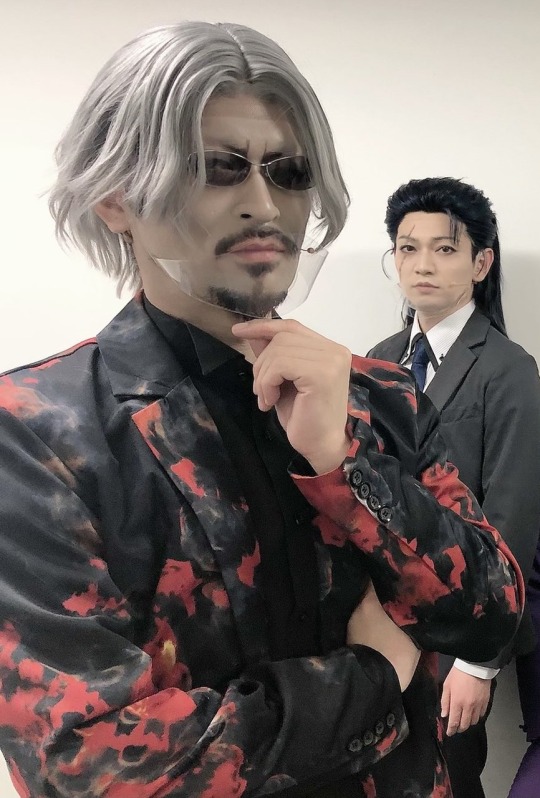
► Members of the cast as Genbu
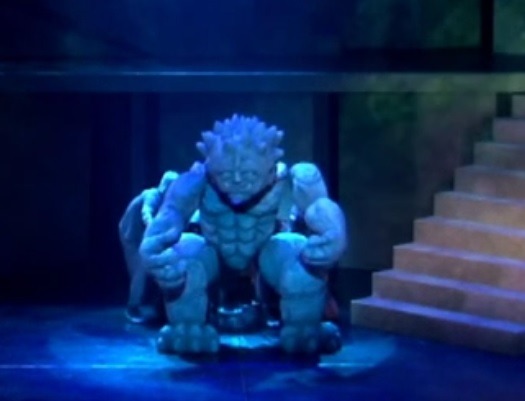
► Mr. Stuffed Plush Tiger as Byakko (he was also done by projection)
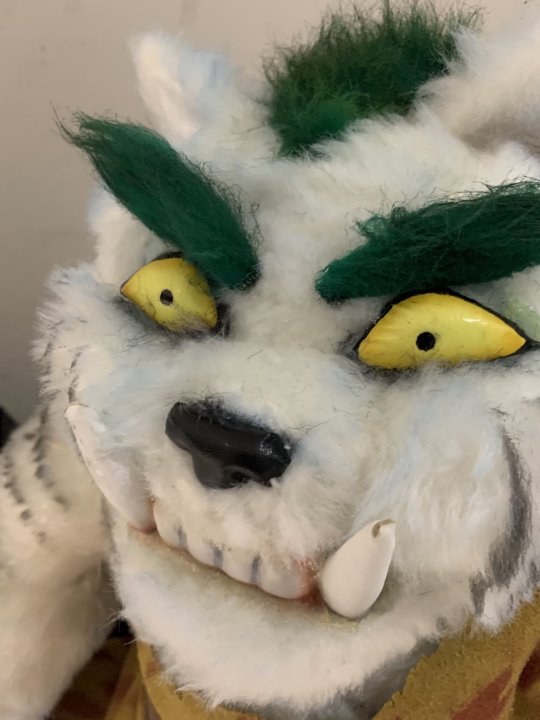

► Marina Tanoue as Yukina and Jorge Saotome ♀


► Kentaro Araki as Sakyo and Rando
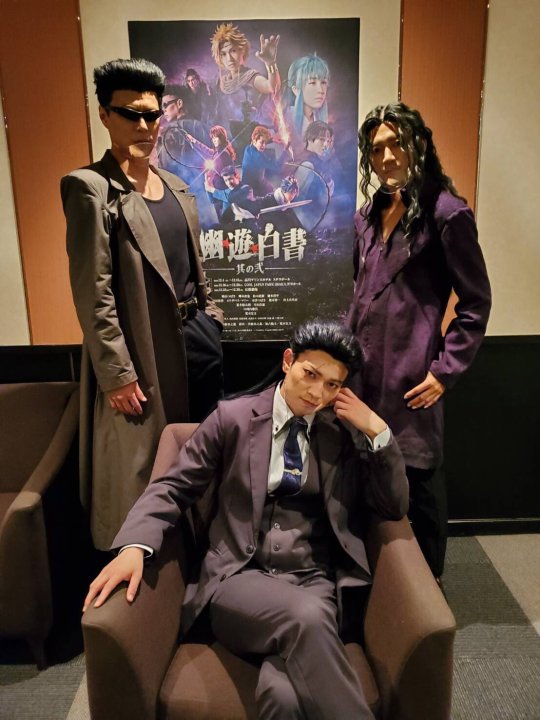
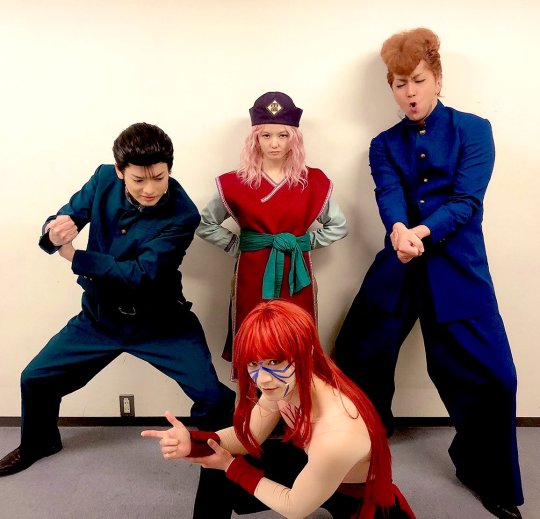
► Hiro Katayama as Younger Toguro and “Stage” Yusuke


► Masataka Nakagauchi as Elder Toguro and Jorge Saotome
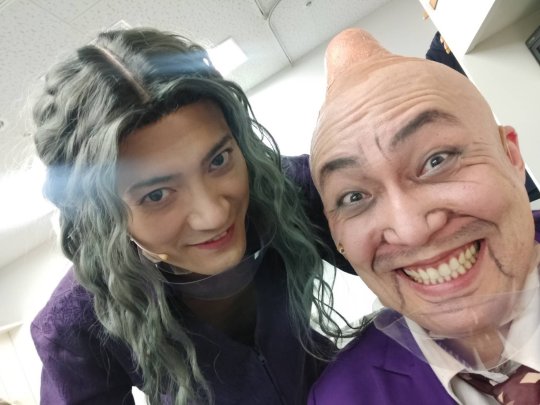
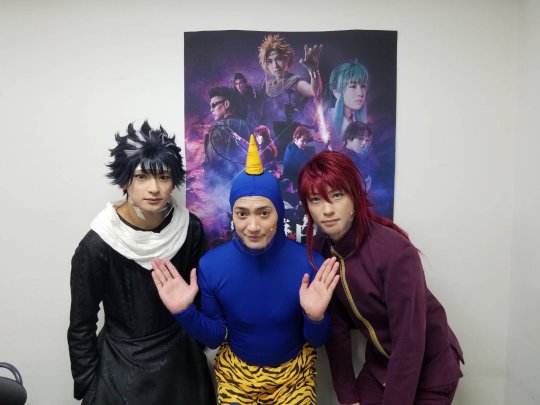
The Supporting Cast (some worked in the first stage as well):

► Tetsuto Nakamura as Tarukane
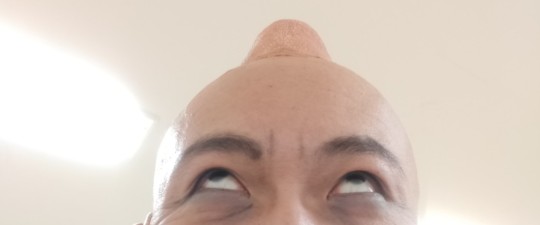
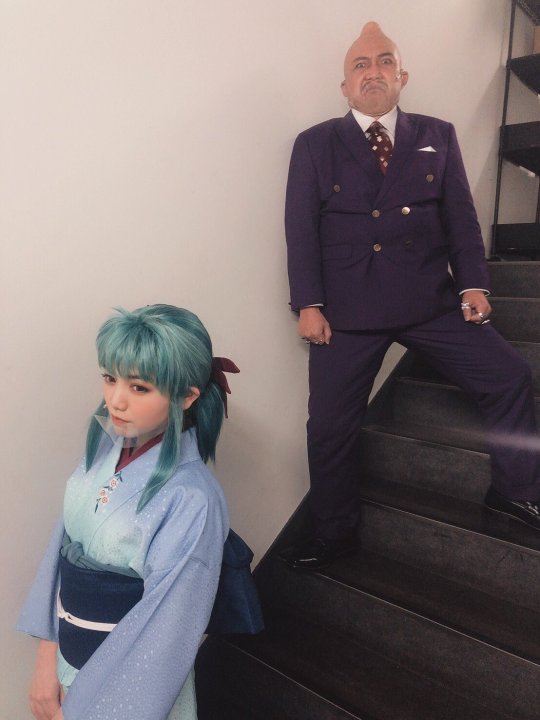
► Junpei Takama as Sakashita
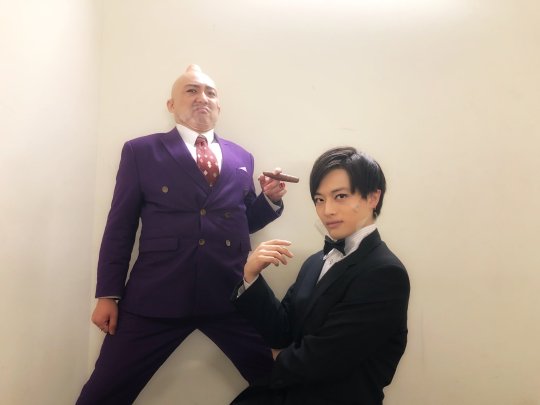
► Hiroo Akiyama as Teacher Iwamoto
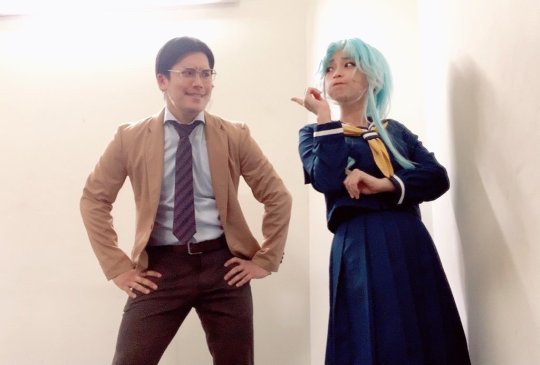

► Naoki Tasaki as Inmaki
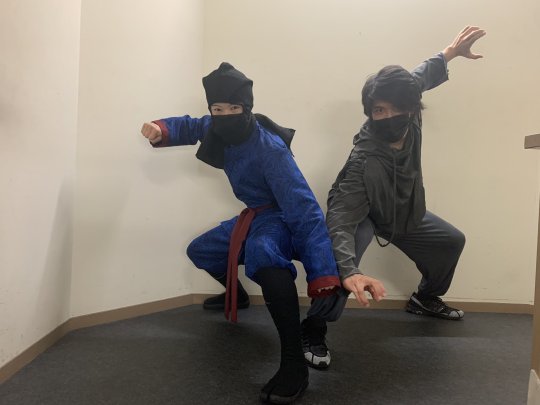
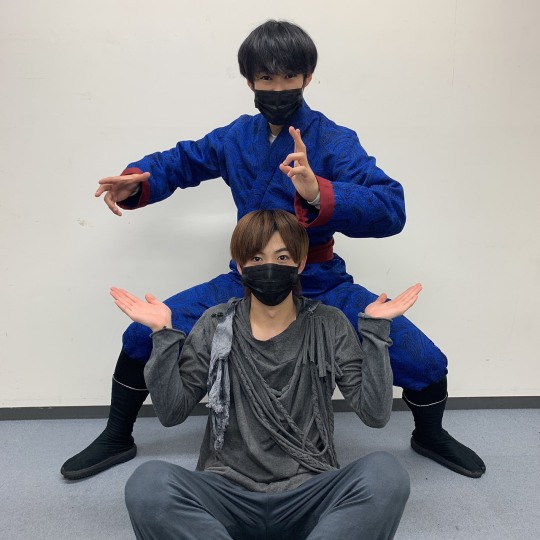
► Others: Yuga Andou, Ken Tanabe & Taiga Todate
#Justice for Helen

Photo taken with the whole cast in the last performance in Kyoto ⬇️
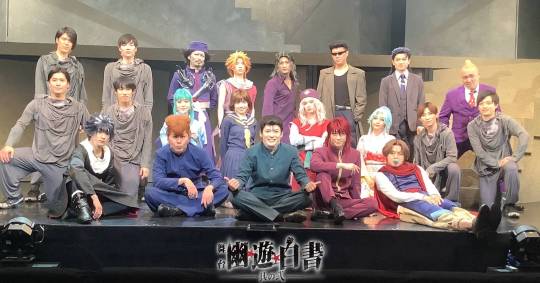
More details will be announced on the Official Site
I’m glad the same main actors will be playing the sequel.
About the premiere: Tokyo, December 5th
DVD/Blu-ray: https://www.animate-onlineshop.jp/pn/pd/1874218/



#yu yu hakusho stage play#sequel#tsubasa sakiyama#naoya gomoto#hiroki suzuki#shohei hashimoto#yuka hirata#elizabeth marry#hirofumi araki#chuji mikasano#yusuke#kuwabara#hiei#kurama#botan#genkai#keiko yukimura#koenma#sakyo#kentaro araki#yukina#marina tanoue#seiryuu#tomokazu enoki#toguro ototo#hiro katayama#toguro ani#masataka nakagauchi#suzaku#tsubasa kizu
346 notes
·
View notes
Text
[JP] Love and Producer: Localized Dictionary (NPCs)
This post is about all of localized names in Anime and MLQC JP server itself, like Love Interest’s name, NPC’s name, etc.
If you want to know about JP nickname/terms that I haven't included in this post. Just ask me in reply section, and I’ll add it in here. :)
Main Character: Love Interests
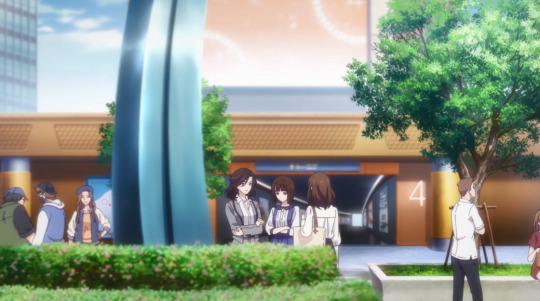
「その場にとどまるためには、全力で走り続けなければならない」
“In this world, it takes all the running you can do to keep in the same place”
- Red Queen Hypothesis
.
[JP] / [EN]
MC’s Colleague
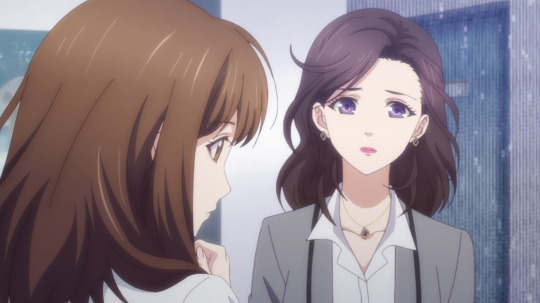
アンナ / Anna
JP VA: Sato Rina
.
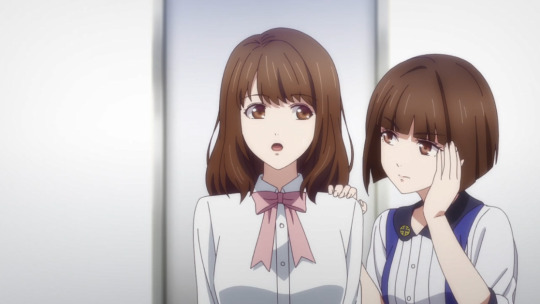
ユイ (Yui) / Kiki
JP VA: Koga Aoi
.
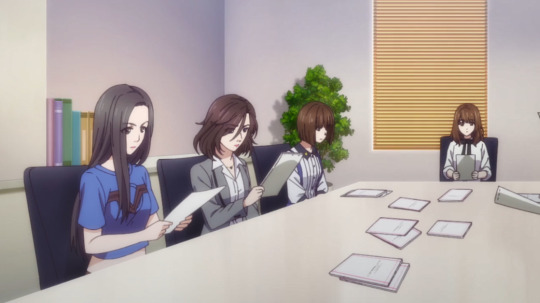
クミ (Kumi) / Willow
.

カンヤ (Kan’ya) / Minor
JP VA: Hayashi Yuu
.
Victor’s Team

ケン (Ken) / Goldman
JP VA: Yano Shougo
.

サイさん (Sai-san) / Mr. Mills
JP VA: Nakano Yukata
.

シンディ / Cindy
JP VA: Fukuen Misato
.
Gavin’s Squad
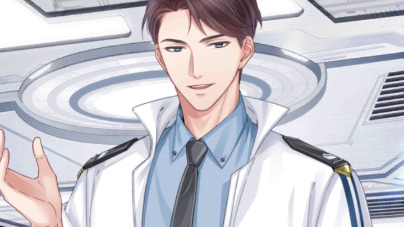
ジュン (Jun) / Eli
ジュン隊長 (Jun-taichou) / Captain Eli
.

リンさん (Lin-san) / Mr. Noah
JP VA: Sasaki Hiroo
リンさんのラーメン屋 (Lin-san's Noodle Shop) / Lynn’s Kitchen
.
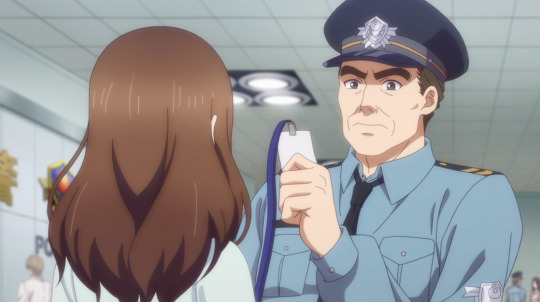
ワン刑事 (Wan-keiji) / Officer Landsman
JP VA: Sugino Tanuki
.

メリー (Merry) / Hollow
JP VA: Kinugawa Rika
.

ケイ (Kei) / Litton
JP VA: Suzuki Tatsuhisa
テイ (Tei) / Perry [Litton’s Son (Game only)]
.

クロ (Kuro) / Sparky
.
Kiro’s Support
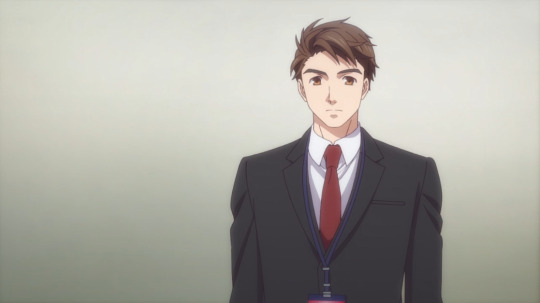
シン (Shin) / Savin
JP VA: Nojima Hirofumi
.
Villains

サカキ (Sakaki) / Leto
JP VA: Sakuya Shunsuke
指揮官 (Shikikan) / Commander
特殊部隊恋花市作戦本部 / Special Task Force Loveland City HQ
.
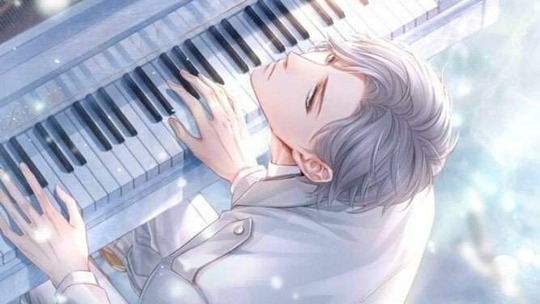
ジェイ (Jay) / Cyril
.
#mlqc#mlqc jp#koipro2ndannivcountdown#mlqc eli#mlqc minor#mlqc goldman#mlqc cyril#poor eli :")#even sparky got animated LOL
16 notes
·
View notes
Text
SHORT STORY: HOW SUZUKI FOUND HIROO ONODA IN THE JUNGLES OF LUBANG (PHILIPPINES)
SHORT STORY: HOW SUZUKI FOUND HIROO ONODA IN THE JUNGLES OF LUBANG (PHILIPPINES)
Copyright@shravancharitymission

It was in the closing months of 1944 and almost after a decade when the tide was turning against Japan. Their economy was staggering, their military was exhausted across half of Asia. The territories that they had won all along the Pacific were now toppling like dominoes to the forces of U.S. Defeat now, seemed inevitable.
On December 26, 1944, Second…
View On WordPress
#1944#1945#asia#hippie#hiroo onoda#hiroshima#japan#kamlesh tripathi#kozuka#lubang#nagasakhi#norio#pacific#philippines#second lietenant#shravancharitymission#suzuki#usa#world war-II
0 notes
Photo
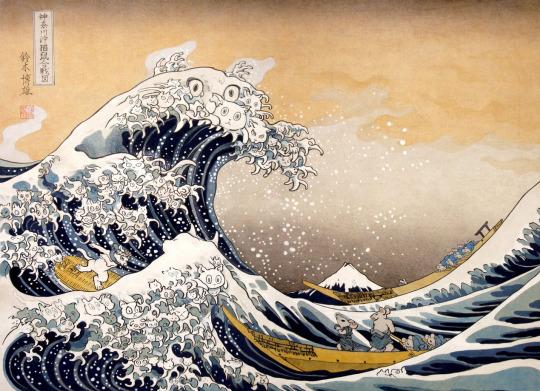
Suzuki Hiroo 鈴木博雄
Kanagawa oki nekonezumi gassen-zu 神奈川沖猫鼠合戦図 (Kanagawa's sea battle of cats & rats) (ↀДↀ) - Neko-llection 猫れくしょん - Syukado - Japan - 2017
Source Twitter @neco_syukado
#Suzuki Hiroo#鈴木博雄#Japanese illustrator#Japan#Heisei#2010s#syukado#Kanagawa#Kanagawa wave#Hokusai#神奈川沖猫鼠合戦図#猫れくしょん#平成#猫#鼠#cats & rats#cats & mice#Fuji-san#富士山
3K notes
·
View notes
